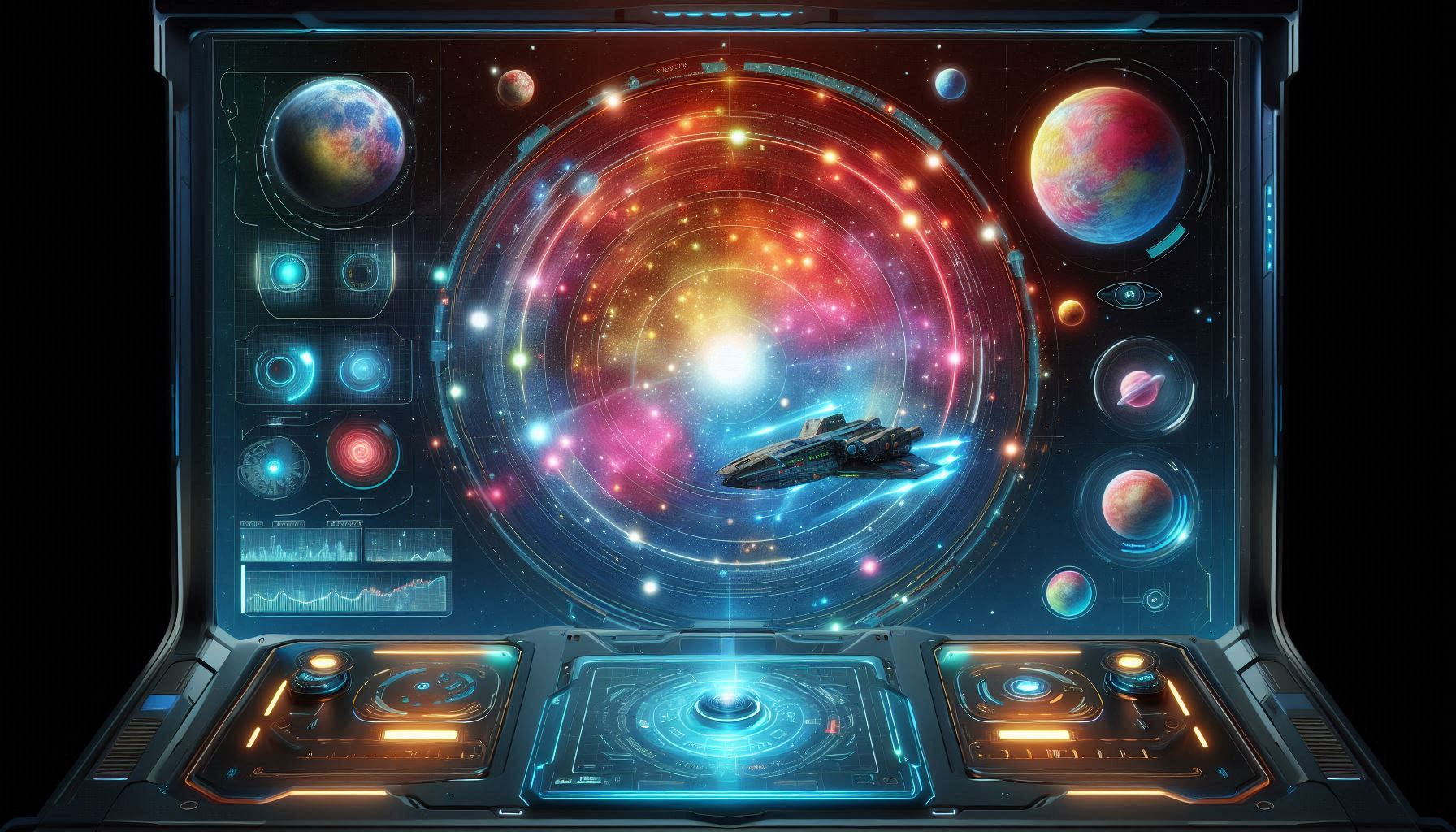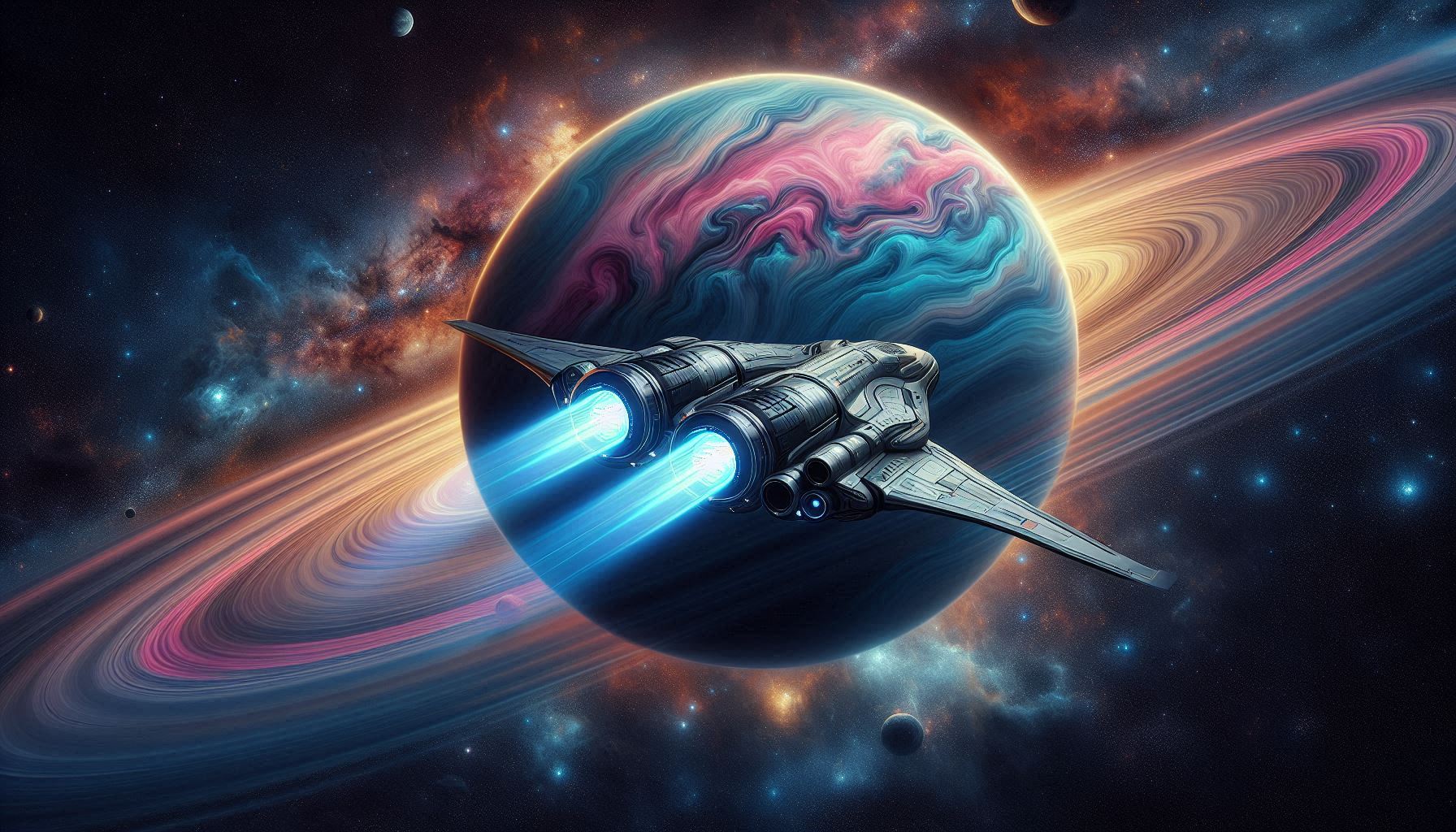Creating an intuitive navigation system for interstellar travel presents unique design challenges. How do you represent three-dimensional space on a two-dimensional screen? How can we balance scientific accuracy with playability? These are the questions that have guided our development of SkyQuest Aviatrix's navigation interface.
The Challenge of Stellar Navigation
When we began designing the navigation systems for SkyQuest Aviatrix, we quickly realized that conventional mapping paradigms wouldn't suffice. Space is vast, three-dimensional, and filled with celestial bodies in constant motion. Traditional GPS-style navigation simply doesn't translate to interstellar travel.
Our approach combines holographic technology with intuitive gestural controls. Players can zoom, rotate, and manipulate a three-dimensional representation of space around them, with celestial bodies accurately represented at scale (with options to adjust scale for practical navigation purposes).
"We want players to feel like actual astronauts, using advanced technology that's both scientifically grounded and intuitively usable."
Visual Language and User Experience
The visual language we've developed uses color coding to indicate various celestial phenomena. Blue stars, red gas giants, green habitable zones—these visual cues help players quickly identify points of interest without requiring complex legends or explanations.
Distance calculations factor in relativistic effects, and our navigation algorithms account for gravitational influence from nearby massive objects. This means plotting a course isn't just about drawing a straight line—it's about calculating an optimal path that accounts for celestial mechanics.
Testing and Iteration
We've conducted extensive testing with both space enthusiasts and casual gamers to ensure our navigation system strikes the right balance. Through multiple iterations, we've refined the interface to be accessible to newcomers while offering depth for those who want to master the intricacies of cosmic navigation.
The current version allows players to set waypoints, calculate fuel requirements, and receive alerts about potential hazards along their route. Advanced features include time dilation calculations for high-velocity travel and the ability to chart courses that utilize gravitational slingshot maneuvers around massive celestial bodies.
Looking Forward
As we continue development, we're exploring additional features such as collaborative navigation for multi-crew vessels and AR integration for an even more immersive experience. We're excited to see how players interact with these systems when they get their hands on SkyQuest Aviatrix.
Stay tuned for more updates on our navigation systems and other core gameplay features!

